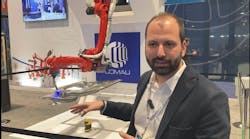Safety standards have dictated the inclusion of safety devices in the machines we build. Different industries may have different restrictions or guidelines, but safety has become a critical consideration in the design of the automation and controls.
As the rules governing machine safety have evolved, so have the technological options available to industrial machine builders. The choice is much more complicated than adding up the number of safety points to determine when you need to upgrade from safety relays to a controller of some sort.
Muting modules, configurable relays and other hybrid devices have blurred the line between relays and controllers. And certain configurations can sometimes necessitate the need for a distributed safety network. But the decision still varies from machine to machine.
How do you make decisions on which type of safety device to use?
Where do you draw the line?




